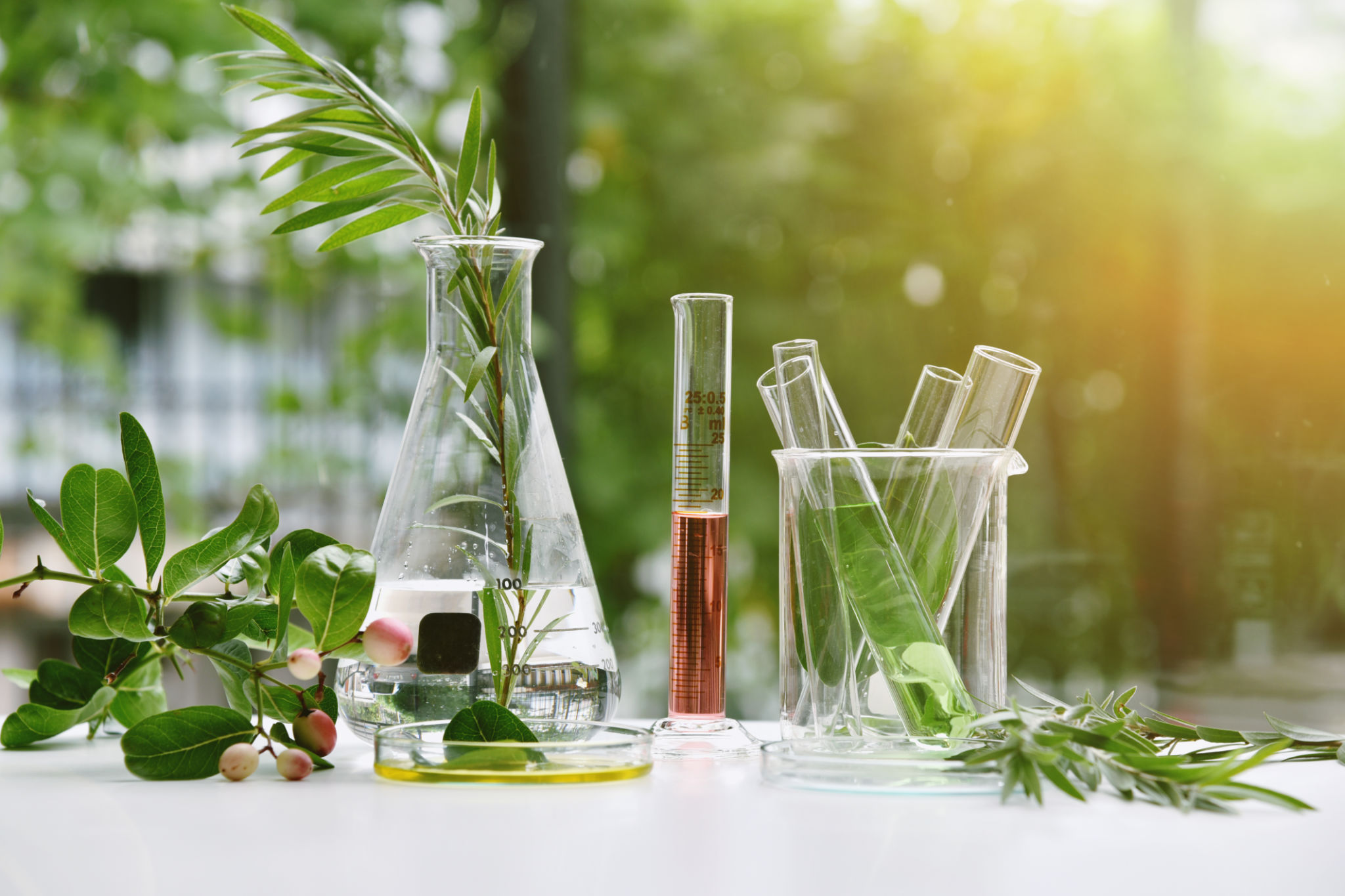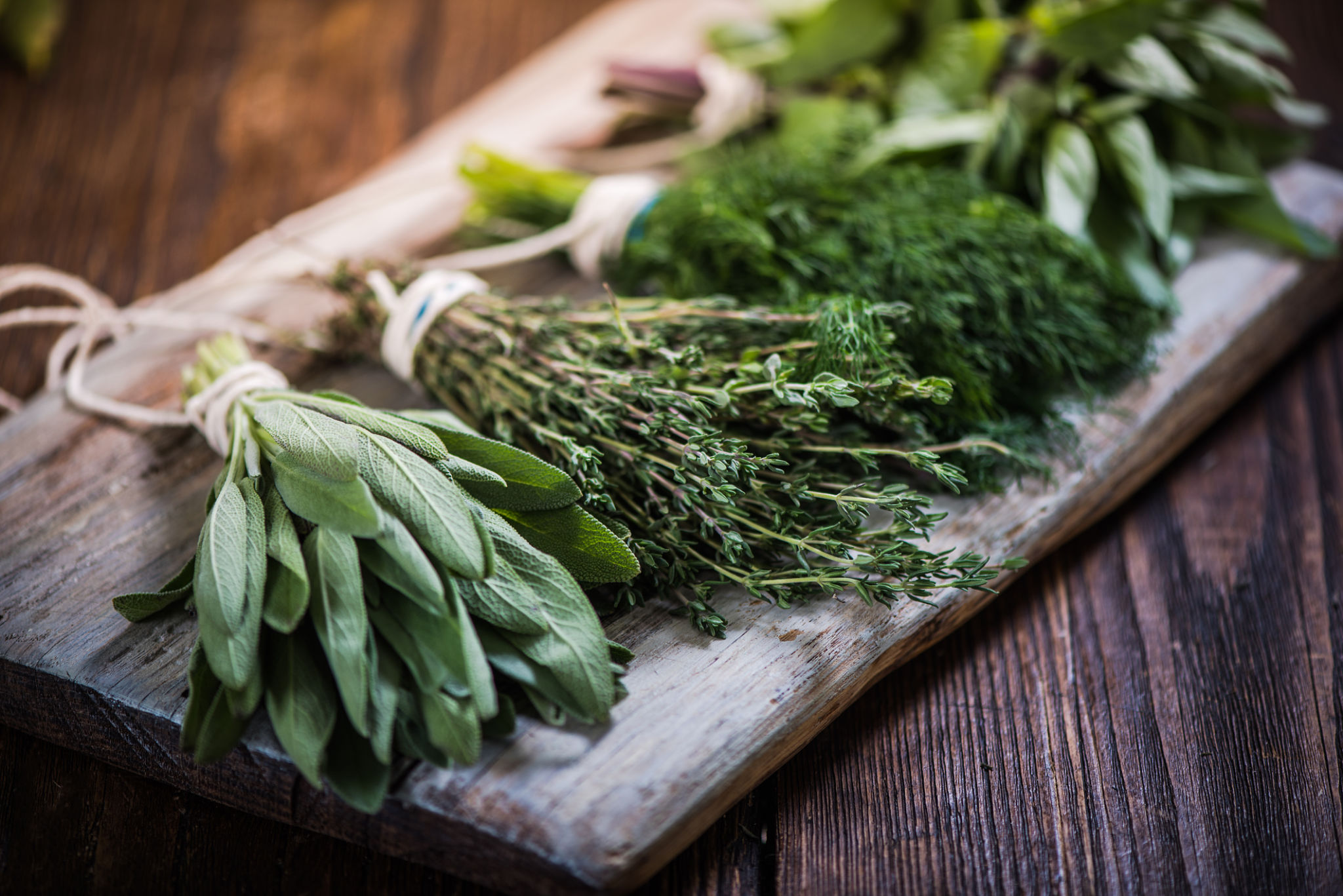How Seasonal Changes Impact the Use of Herbal Research Chemicals
TW
Understanding Seasonal Changes in Herbal Research Chemical Utilization
The use of herbal research chemicals has become increasingly popular among scientists and researchers exploring alternative medicine and its potential benefits. However, what many may not realize is that the demand and usage of these chemicals can be significantly influenced by seasonal changes. Understanding these patterns can lead to more effective and efficient research outcomes.

Spring: A Time for Renewed Interest
Spring is often associated with renewal and growth, and this sentiment extends to the field of herbal research chemicals. As plants begin to bloom, researchers have increased access to fresh samples, which are critical for experiments that require high-potency extracts. The availability of fresh herbs during this season often leads to a surge in experimental activity focused on plant-derived compounds.
Moreover, springtime allergies drive interest in researching herbal alternatives for relief. Many individuals seek natural solutions to combat allergy symptoms, prompting researchers to explore and develop herbal formulations that could provide effective relief without the side effects associated with conventional medications.
Summer: Peak Production and Analysis
Summer is considered the peak season for herbal research due to the abundance of plant life. The long days and plentiful sunlight promote the growth of a variety of herbs, making it an ideal time for researchers to conduct extensive fieldwork. This period is marked by increased collection and analysis of plant samples, leading to the identification of new compounds and potential applications.

During this time, outdoor conditions allow for larger-scale experiments and trials, providing researchers with valuable data that can inform future studies. The summer months are critical for laying the groundwork for subsequent research efforts throughout the year.
Autumn: Evaluation and Preparation
As autumn sets in, researchers shift their focus from fieldwork to evaluation and analysis. The cooler weather signals the end of the growing season for many plants, prompting scientists to assess the data collected during the summer months. This period is crucial for identifying promising compounds that warrant further investigation.
Researchers also use this time to prepare for the upcoming winter months by preserving samples and extracts. This ensures that they have a steady supply of materials for experimentation when outdoor collection is no longer feasible.

Winter: Indoor Research and Innovation
Winter presents unique challenges and opportunities for herbal research. With limited access to fresh plant materials, researchers rely heavily on preserved samples and extracts collected earlier in the year. This season is characterized by indoor experiments and the development of innovative methods to maximize the use of available resources.
The winter months are ideal for laboratory-based research, allowing scientists to delve deeper into the chemical properties of herbs and explore their potential applications in various fields such as medicine, cosmetics, and nutrition.
Adapting Research Strategies to Seasonal Changes
For researchers working with herbal chemicals, understanding how seasonal changes impact their work is essential for success. By adapting strategies to align with seasonal availability and conditions, scientists can optimize their research processes and achieve more meaningful results.
- Plan ahead: Anticipate seasonal changes and prepare accordingly by organizing fieldwork and laboratory activities around peak availability times.
- Utilize technology: Leverage advanced preservation techniques to maintain the integrity of samples throughout the year.
- Collaborate: Work with other researchers to share resources and findings, enhancing collective knowledge and outcomes.
Ultimately, embracing the natural rhythms of the seasons can lead to more efficient use of herbal research chemicals, paving the way for groundbreaking discoveries in the field of alternative medicine.